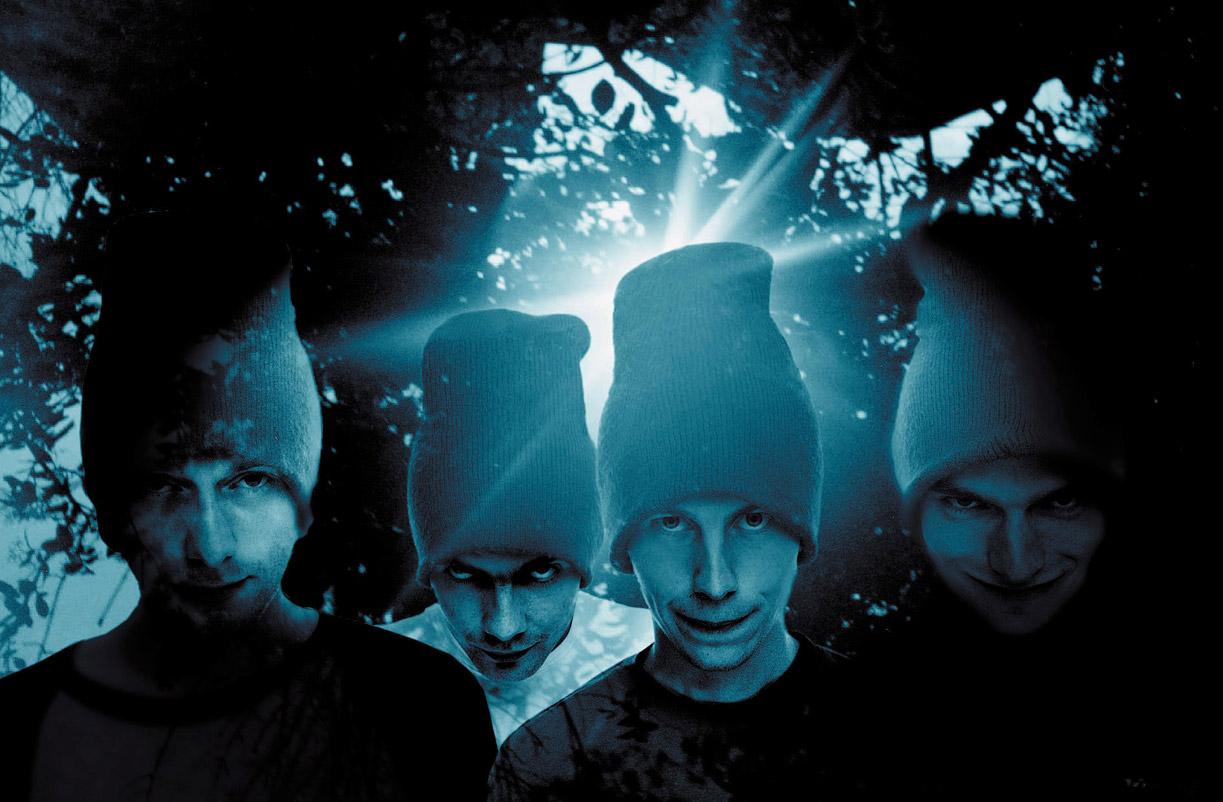This easy-going, happy-go-lucky ethos is accompanied by a diligent sense of composition and a very particular taste. The group meets just once every two or three years to construct its meticulous albums, but the four are constantly working on or tweaking material and recording endless layers of sound. During the filming of Heima, they picked up some interesting new sounds.
In the town of Husafell, they asked an old friend, Páll Guðmundsson, who spends his days wandering the hills, collecting materials for hand-made instruments, to join them in the show. Guðmundsson brought out his all-stone marimba, a percussional instrument played using mallets. He had collected the stones based on the tone they make when struck, and arranged them according to note. The result was a haunting, primitive sound, around which Sigur Rós improvised a stunningly beautiful song.
Along the way, they played with an Icelandic tenor and a marching band as well as several other musicians and friends. Their sound appears to blend effortlessly with these walk-ins, but the members insist that they do not consciously channel traditional Icelandic sounds. When asked whether, perhaps unconsciously, they’ve been influenced by their country’s musical heritage, Georg shows indifference: “Maybe. I don’t know.”
If they aren’t exactly the lead propagators of traditional Icelandic sounds (the majority of which are in a style called kveða and recite epic poems known as rímur), they are legends in the country’s contemporary music scene. “Everyone is very close,” Orri says. “We have a big studio, so if someone needs to borrow an instrument or an amp, they come to us. The scene is very small.” Yet the band’s 2006 homecoming concert in Reykjavik was the biggest in Iceland’s history. It proved that their fan base is broad, and that to some extent, they are seen as ambassadors to the outside world.

